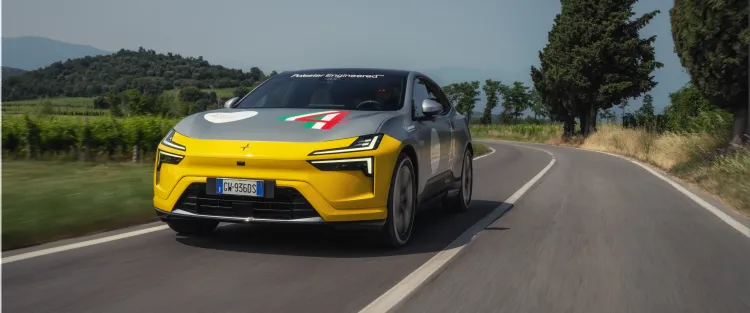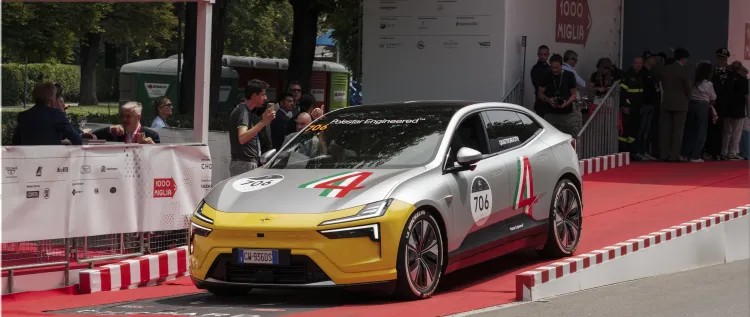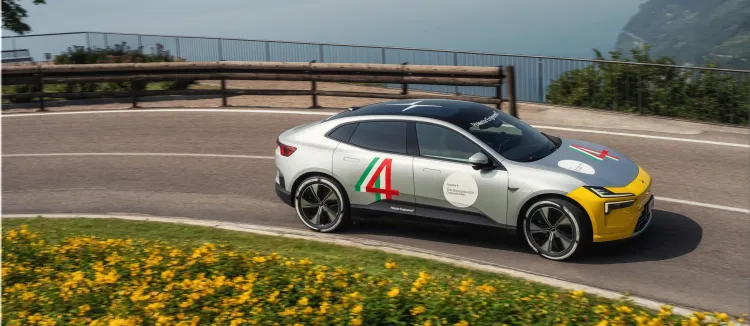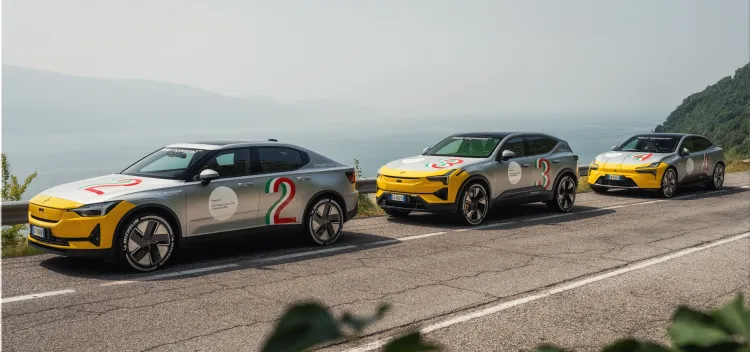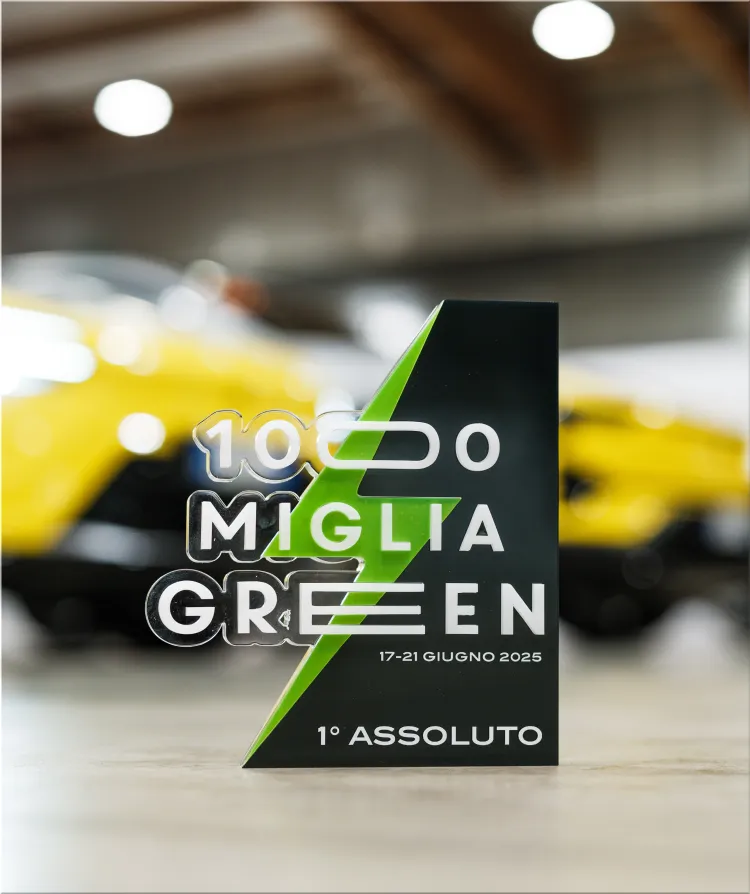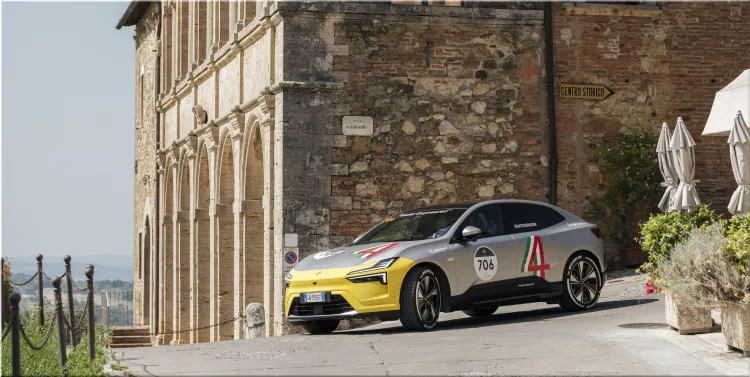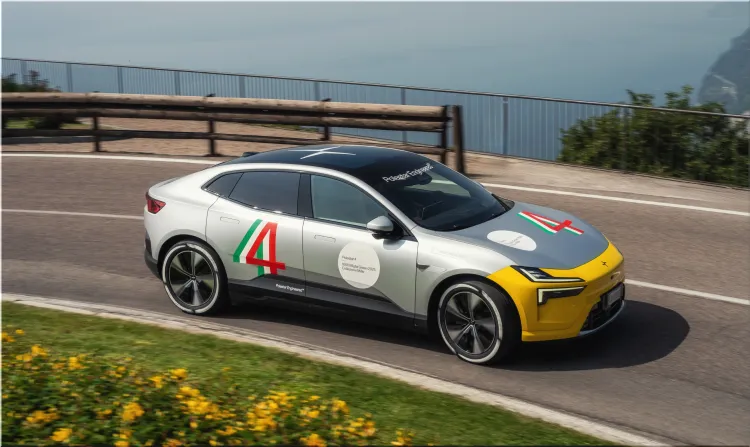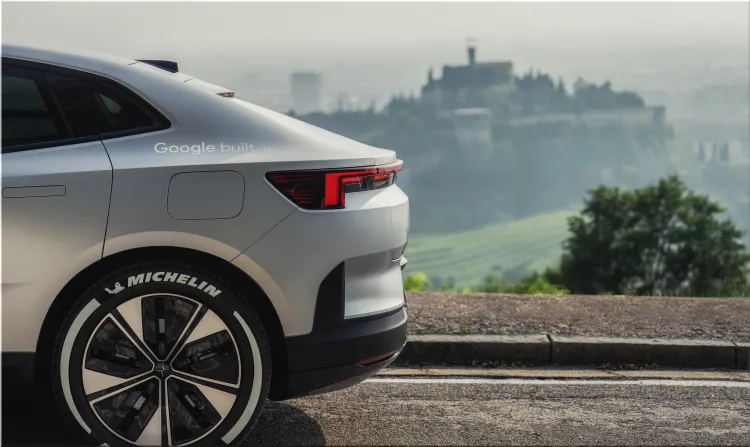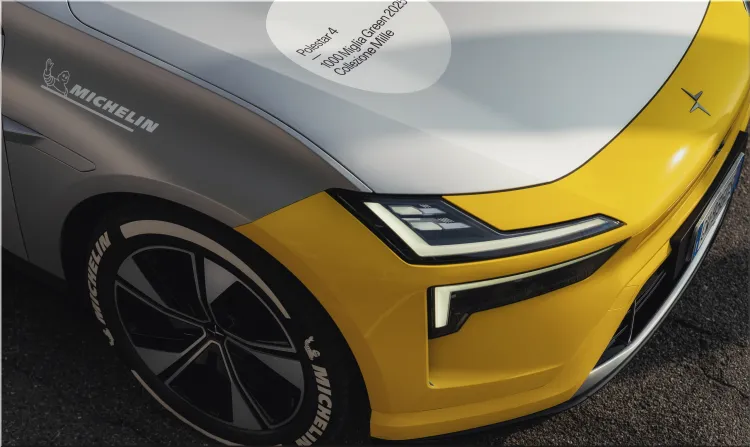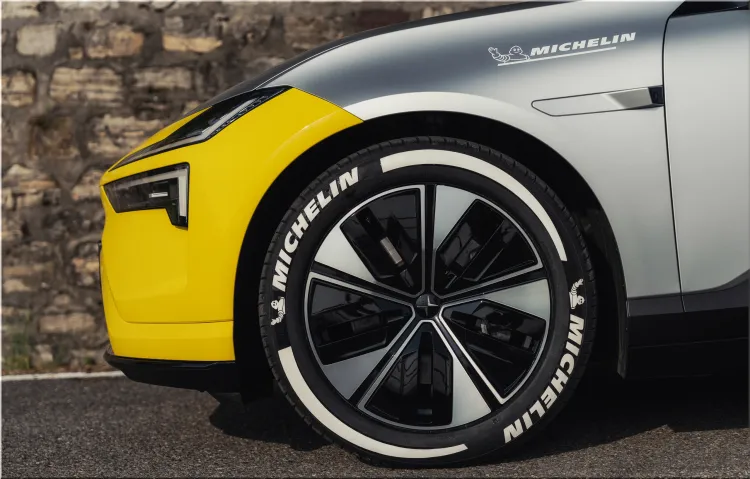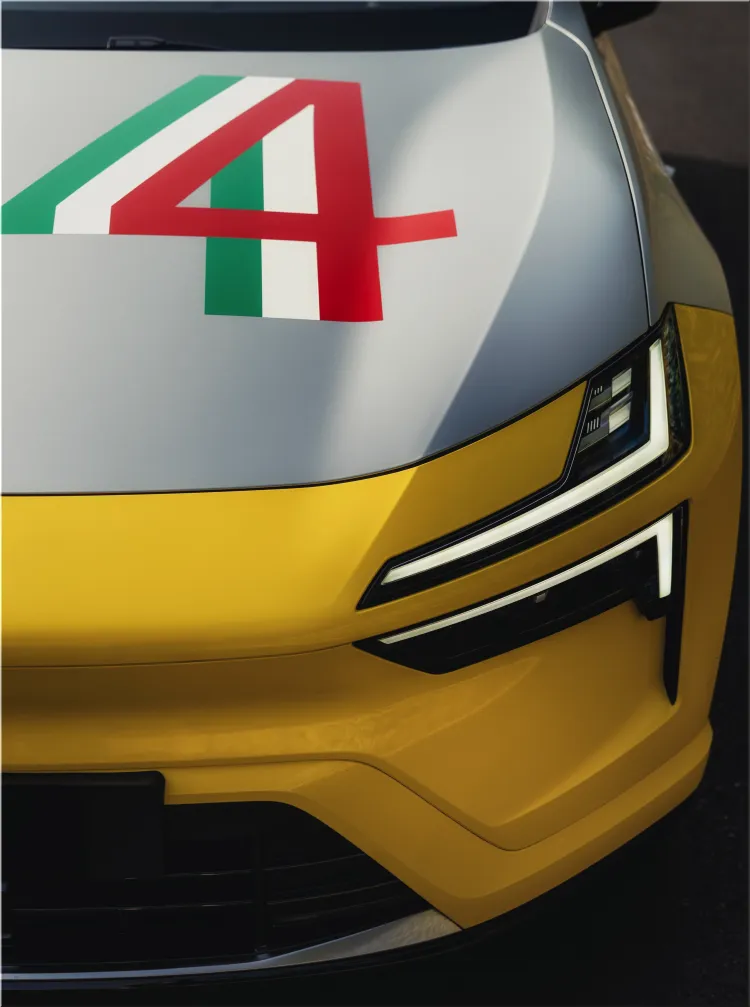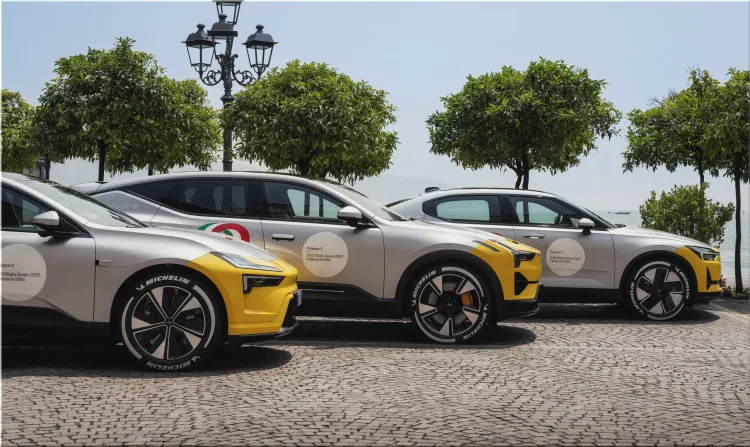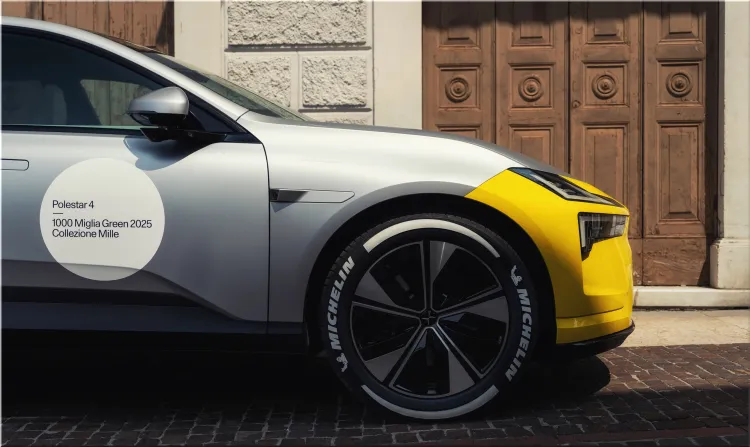Polestar just proved something. Again. The 2025 Mille Miglia Green is over, and Polestar’s SUV coupé, the Polestar 4, took the win. For the second straight year, the Swedish EV brand climbed to the top in Italy’s premier alternative-fuel rally. And this time, it wasn’t a fastback sedan or a hybrid GT—it was a production-spec, long-range electric SUV with just one motor and no excuses.
Let’s break down what happened, why it matters, and what it tells us about Polestar’s place in the EV market.
Key Takeaways From the 2025 Mille Miglia Green
- Winning Vehicle: Polestar 4 Long Range Single Motor
- Driver Team: Mirco Magni and Federico Giavardi
- Driving Range: 385 miles WLTP (620 km)
- Battery: 100 kWh
- Charging Speed: Up to 200 kW DC
- Top Finishers:
- Polestar 4
- TBD (not disclosed)
- TBD (not disclosed)
- TBD (not disclosed)
- Polestar 3
- Polestar 2
A Consistent Climb: Polestar's Competitive Record
Polestar didn’t come out of nowhere. Their racing performance has been building:
- 2019: 2nd place – Polestar 1 (plug-in hybrid)
- 2023: 2nd place – Polestar 2 (electric fastback)
- 2024: 1st place – Polestar 2 Long Range Single Motor
- 2025: 1st place – Polestar 4 Long Range Single Motor
The trend is consistent: lighter, more efficient cars, each generation producing better real-world results.
What Sets the Polestar 4 Apart
The Polestar 4 isn’t the quickest in their lineup. It’s not the flashiest either. But it won. Here’s what matters:
Specifications of the Winning Polestar 4
| Feature | Specification |
|---|---|
| Drivetrain | Rear-wheel drive (single motor) |
| Battery Capacity | 100 kWh |
| Max Range (WLTP) | 385 miles (620 km) |
| Max DC Charging Speed | 200 kW |
| Tires | Michelin Pilot Sport EV (custom spec) |
| Chassis | Tuned by Polestar’s in-house team |
| Starting Price (est.) | ~$60,000 USD |
Michelin’s custom EV tires, co-developed with Polestar, likely played a key role. Efficiency and grip matter across Italy’s varying road surfaces. Combined with low aerodynamic drag and effective regenerative braking, the result is clear: minimal energy waste.
Why This Win Matters for Polestar
This isn't about brand image. It's about market viability.
- Performance under pressure: The race ran through mixed conditions and terrain, covering long distances. That’s the ideal test bed for EV range, heat management, and drivetrain reliability.
- Validation of single-motor efficiency: Winning with a rear-wheel-drive, single-motor car tells us that Polestar has nailed energy efficiency without relying on dual motors or all-wheel-drive complexity.
- Brand momentum: Polestar now owns two back-to-back Mille Miglia Green wins. That’s a big signal to regulators, investors, and especially buyers.
The Mille Miglia Green: Not Just a Marketing Event
The Mille Miglia Green is an evolution of the historic Mille Miglia. Unlike the gas-burning classics, it focuses on alternative powertrains, including EVs and hybrids.
Each vehicle is tested not just on speed but efficiency, navigation accuracy, and overall range management. The course mirrors the traditional Mille Miglia, running across Northern Italy’s varied topography.
It’s an endurance race in every sense, only built for the modern age.
The Other Polestar Entries
Polestar didn’t send just one car.
- Polestar 3 finished 5th. With its dual-motor, SUV format, it prioritized traction and comfort over pure efficiency.
- Polestar 2 landed in 6th. It was the previous champion, but newer models outpaced it this year.
All three wore bespoke liveries under the “Collezione Mille” banner—white cars with bold green-red number decals honoring Italy’s tricolore.
What’s Next for the Brand
Polestar has bigger ambitions:
- Polestar 5 is coming in late 2025. It’s a four-door electric GT expected to compete with Porsche Taycan and Lucid Air.
- Polestar 6 (roadster) and Polestar 7 (compact SUV) are also in the pipeline.
- Production expansion is already underway across North America, Asia, and soon, Europe.
The 2025 Mille Miglia Green victory gives Polestar more leverage as they scale. It proves they’re not building cars for specsheets—they’re building them to perform in the real world.
Bottom Line
Polestar 4 wins because it’s efficient. No gimmicks. No “insane” mode. Just data-backed performance over distance.
This race wasn’t about peak power or 0–60 bragging rights. It was about who could deliver consistent, efficient results across a demanding route—and then do it again the next day.
The electric SUV market is heating up. Tesla Model Y leads sales. Hyundai’s Ioniq 5 wins design awards. Kia EV6 delivers price-performance value.
Polestar now brings something different: proof under pressure.
Expect that to matter more as EV buyers grow savvier.
The 2026 Polestar 4 enters the U.S. market as a performance-focused electric SUV coupe. Built in Busan, South Korea, it avoids Chinese import tariffs and positions itself competitively with sharp pricing,… Continue reading
According to the Swedish manufacturer, the Polestar 3, an electric performance SUV, will debut in October 2022. The Polestar 3 is the first electric SUV from the Swedish automaker. So naturally, Polestar is entering the rapidly expanding and… Continue reading
The Escalade IQL measures 228.5 inches in length, making it one of the longest production SUVs available. This extension of 4.2 inches over the standard Escalade IQ translates to enhanced interior… Continue reading
Upon announcing on August 16 that the Polestar 6 LA Concept edition would be available for production reservations, the Swedish electric car firm received an incredible response. The Polestar 6 electric sports car concept was shown for the… Continue reading

